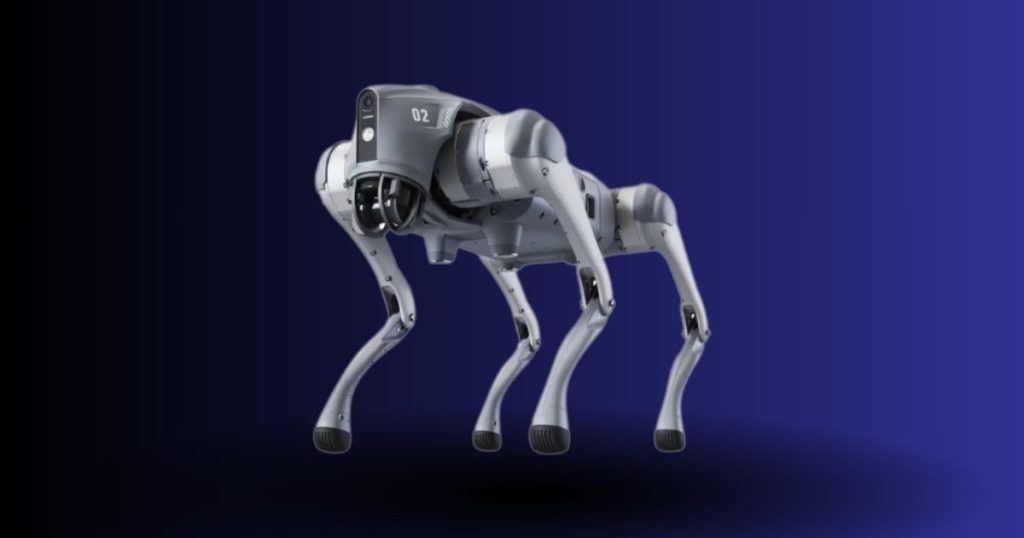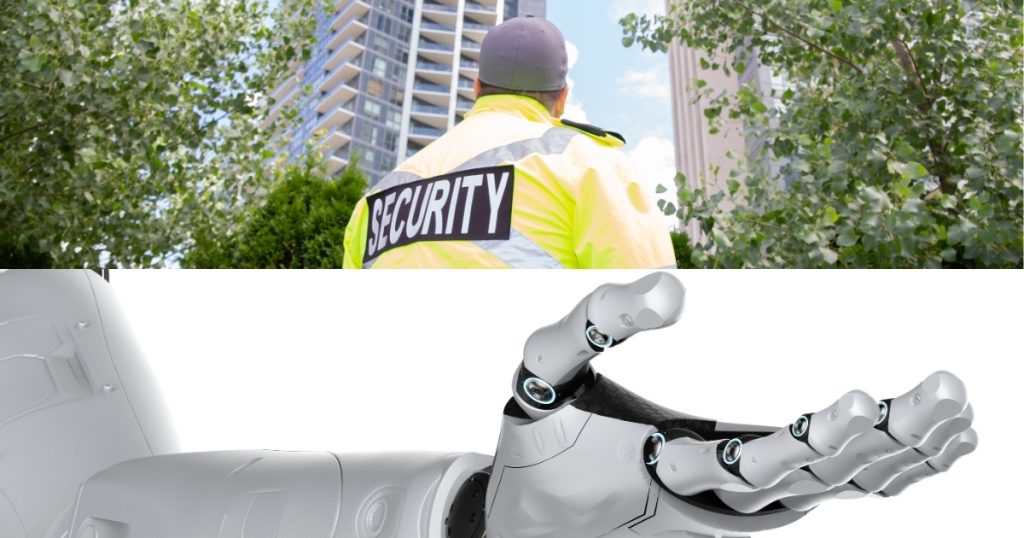
The Role of Thermal Imaging Cameras in Modern Business Protection
Thermal imaging technology has evolved beyond military and scientific use to become a critical tool for modern business security. Especially in environments where visibility is compromised—like dark, smoky, or foggy conditions—thermal cameras offer a reliable solution to monitor activity, detect threats, and prevent incidents.
From large industrial facilities to remote utility stations, businesses across sectors are turning to thermal cameras as part of their security imaging strategy. This article explains how they work and why they’re being widely adopted.
What Is a Thermal Camera?
A thermal camera detects infrared radiation, which is essentially the heat that all objects emit. Unlike standard CCTV systems that rely on visible light, thermal cameras visualize differences in temperature, producing clear images even in complete darkness.
This makes them especially effective for nighttime surveillance, challenging weather conditions, or areas where intruders may be trying to hide or avoid detection.

Thermal and visible-light views show the difference in surveillance capability in low-light environments.
How Thermal Cameras Work in Surveillance
Infrared Detection and Imaging
Thermal cameras are equipped with sensors that capture infrared radiation emitted from objects. This radiation is converted into an image that represents heat variations (brighter tones for warmer areas and darker tones for cooler zones).
Independent of Lighting Conditions
Unlike conventional cameras, thermal devices do not require light to function. They operate effectively in low-light or no-light conditions, making them ideal for 24/7 surveillance in warehouses, perimeter zones, and high-risk environments.
Precision in Detection
Thermal cameras are particularly valuable in scenarios where visibility is poor or where intruders may try to camouflage themselves. They can detect the presence of people or machinery even through smoke, haze, or foliage.

Thermal cameras detect heat signatures even when visibility is compromised by weather or fog.
Benefits of Thermal Imaging for Businesses
Thermal security cameras offer several operational and safety advantages:
- Accurate detection in total darkness or harsh weather
- Reduced false alarms compared to motion-based CCTV systems
- Long-range perimeter monitoring capabilities
- Early warning for fire hazards or overheating equipment
- Enhanced intrusion detection in large or open areas
These features help businesses maintain uninterrupted monitoring and improve response times in critical situations.

Long-range thermal surveillance helps monitor perimeter zones without the need for lighting.
Common Business Applications
Thermal imaging is especially valuable in the following environments:
- Industrial sites and power plants
- Construction zones and outdoor storage areas
- Data centers and IT infrastructure
- Airports and transportation hubs
- Warehouses and logistics parks
It’s also useful in healthcare and manufacturing, where monitoring heat levels of equipment or identifying abnormalities is essential for safety and efficiency.
Unlocking the Full Potential of Thermal Surveillance
Thermal imaging cameras provide businesses with a powerful edge in surveillance, allowing them to see what traditional cameras cannot. Whether used as part of a broader security network or as a standalone solution in sensitive zones, these devices contribute to safer, smarter business environments.


